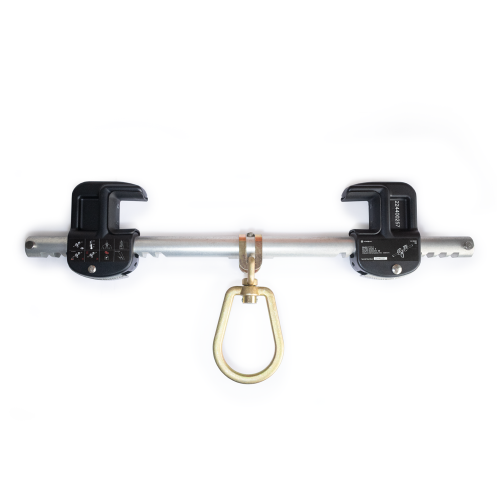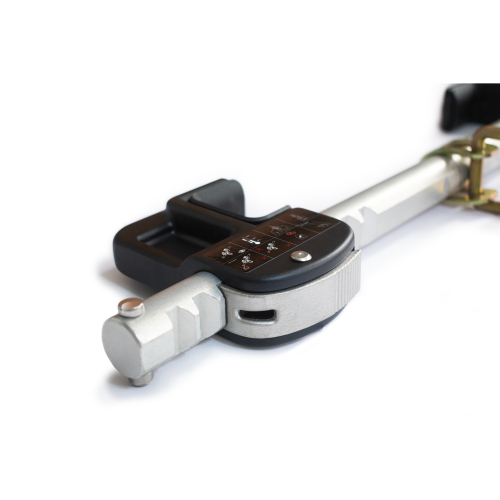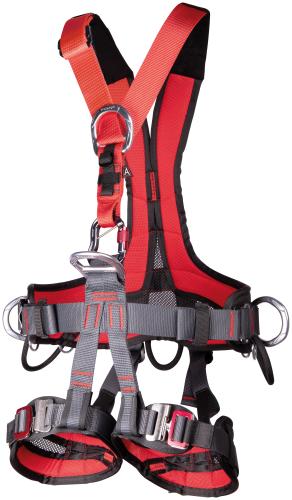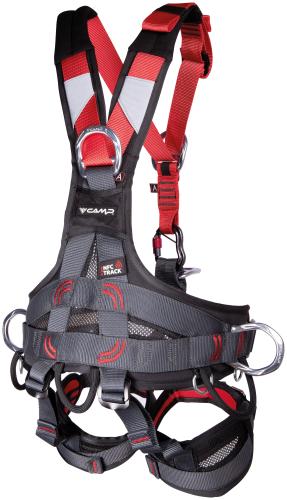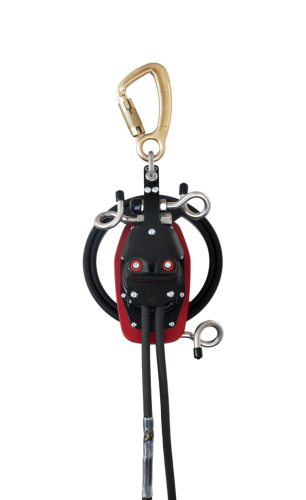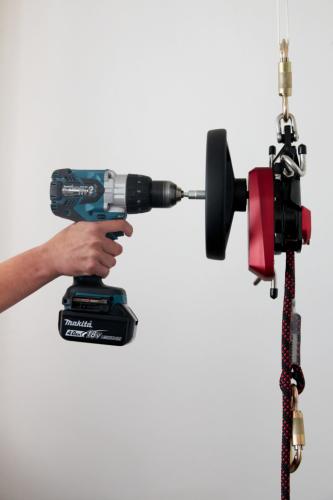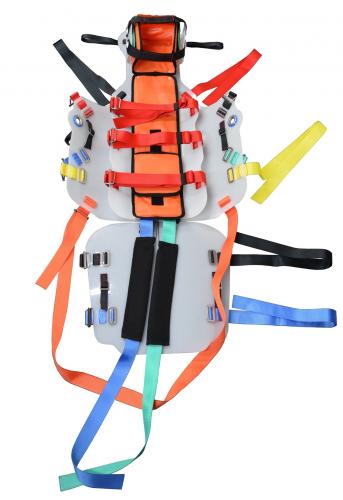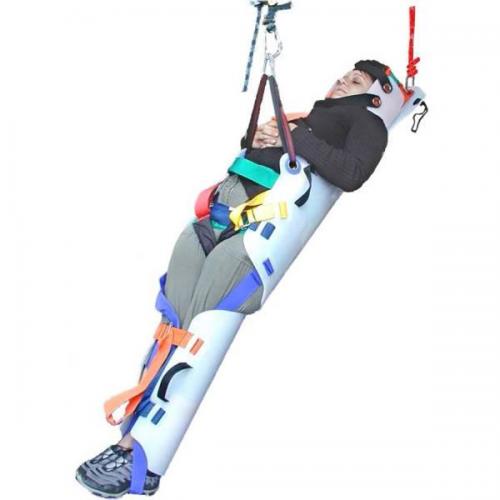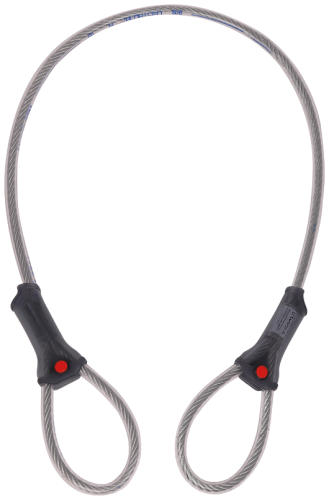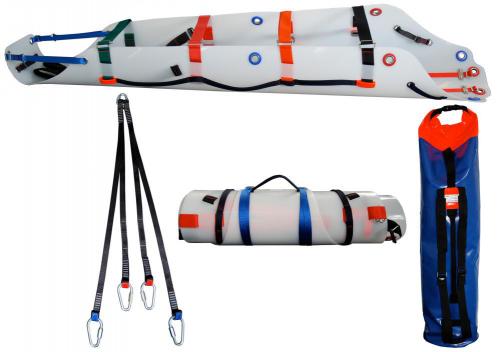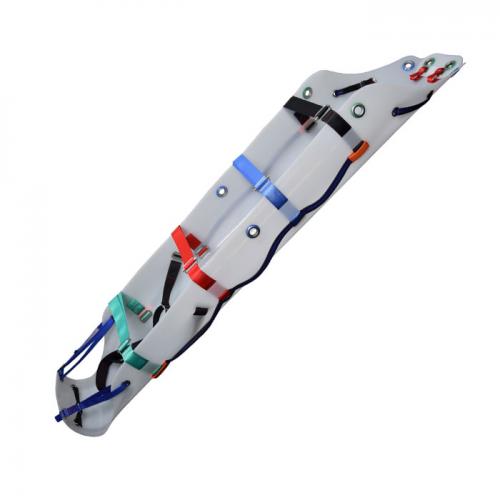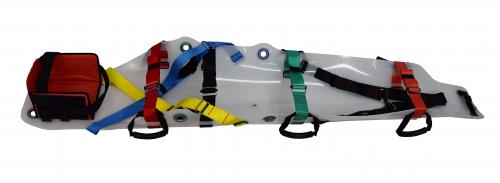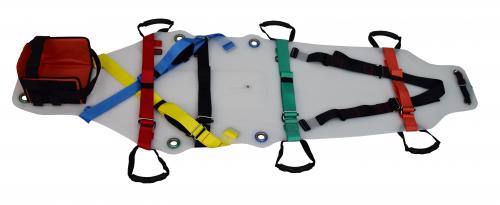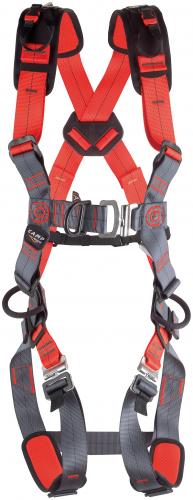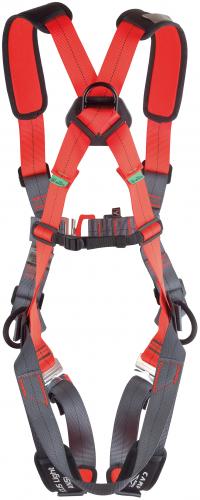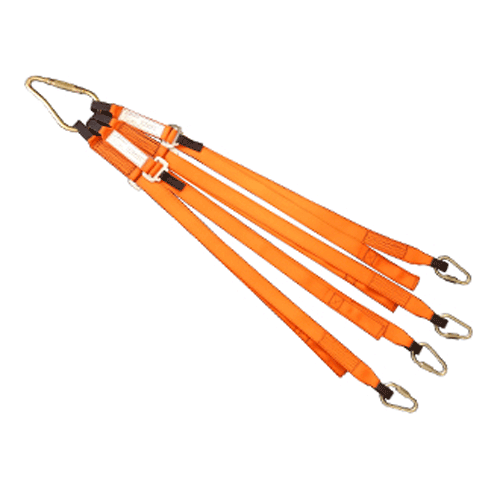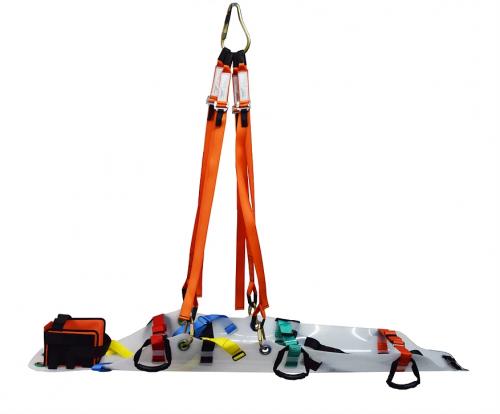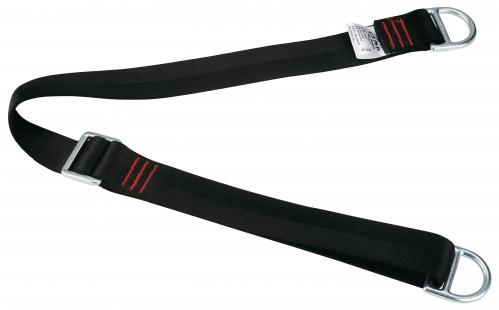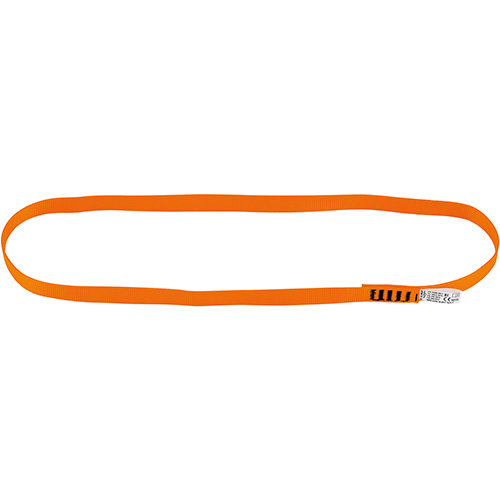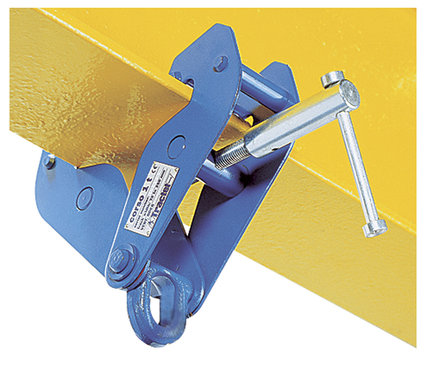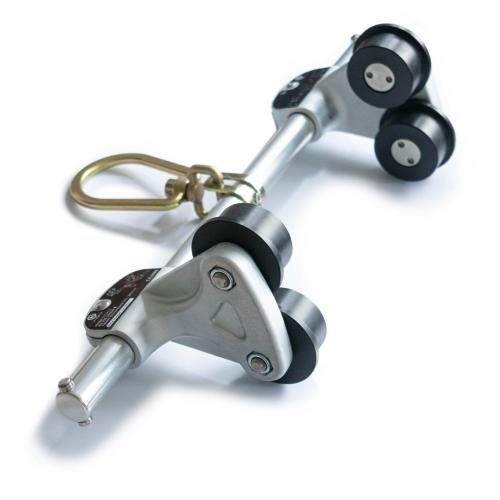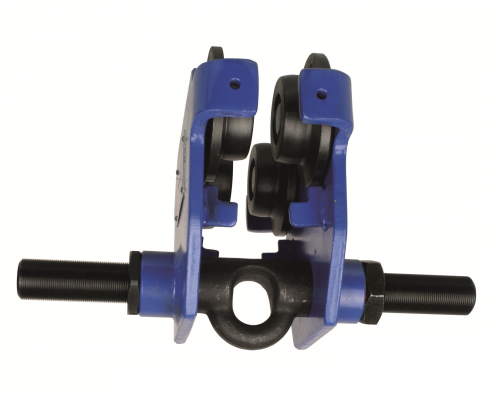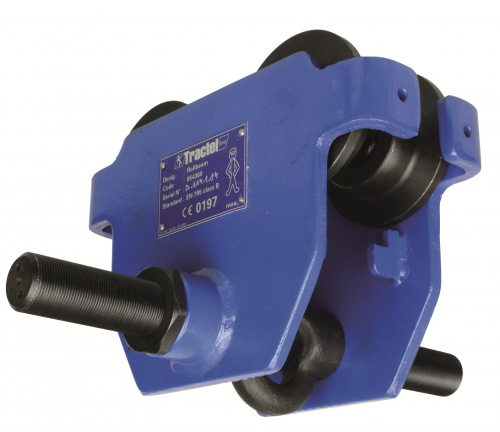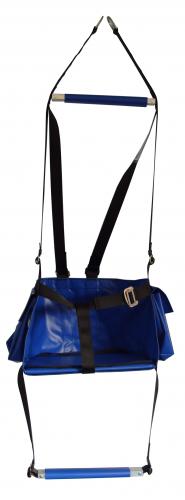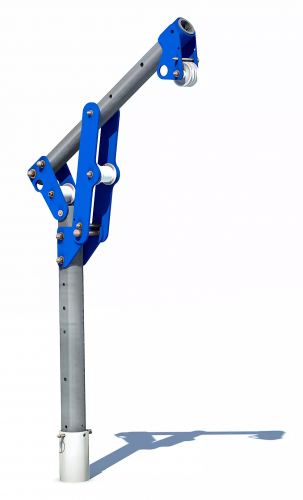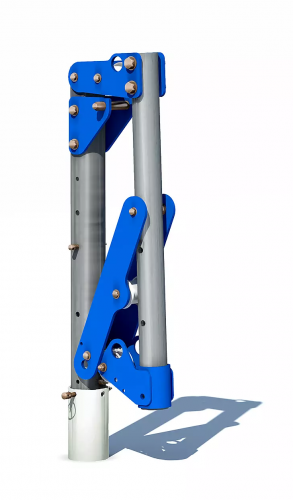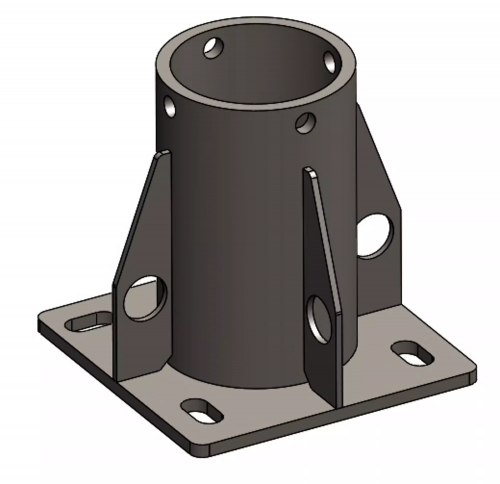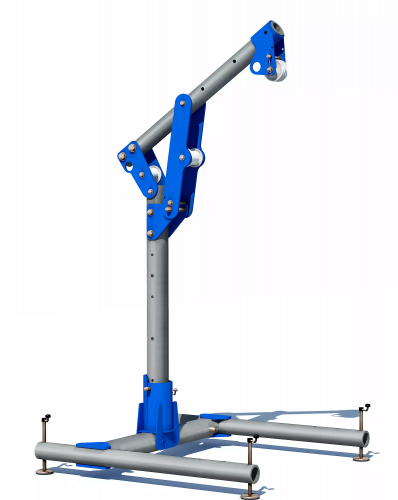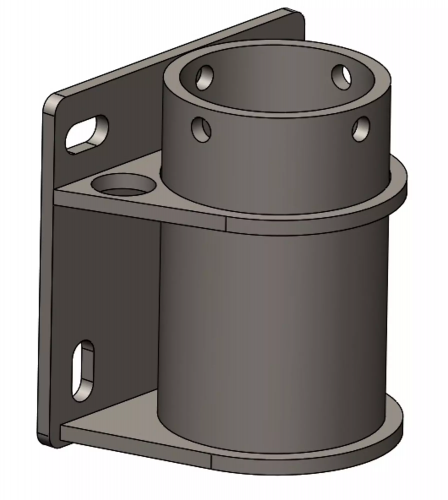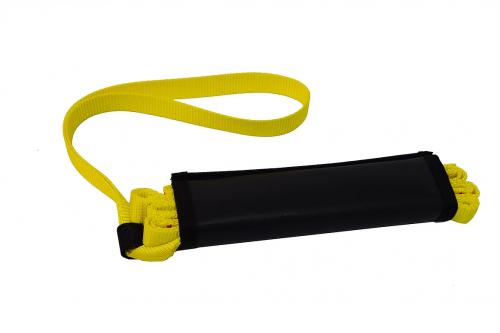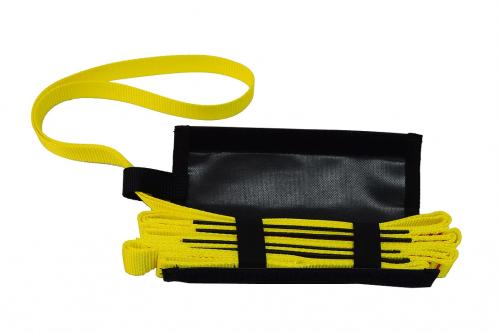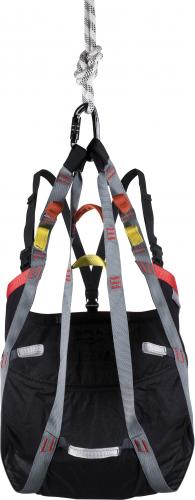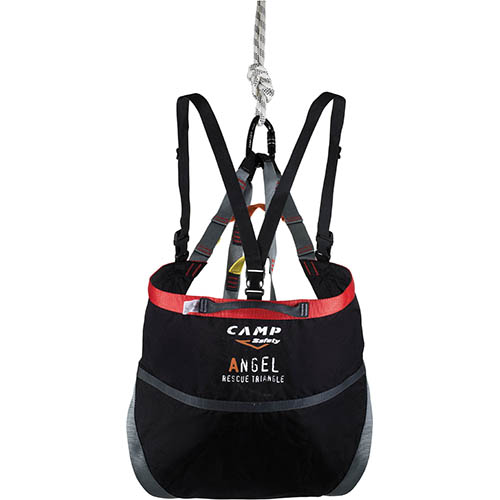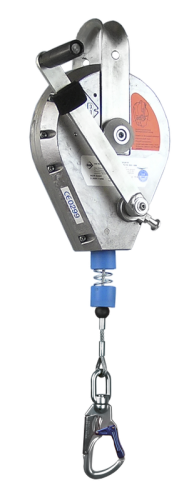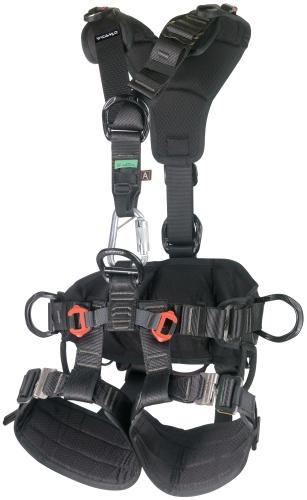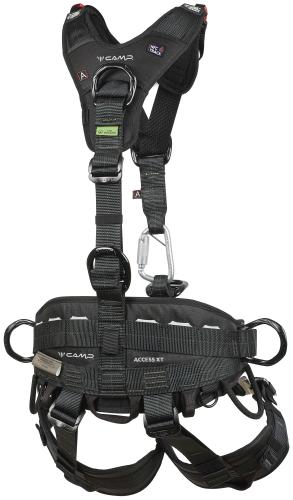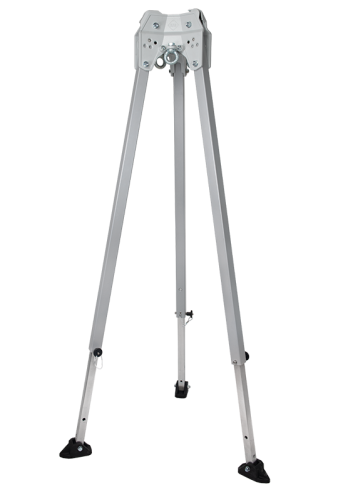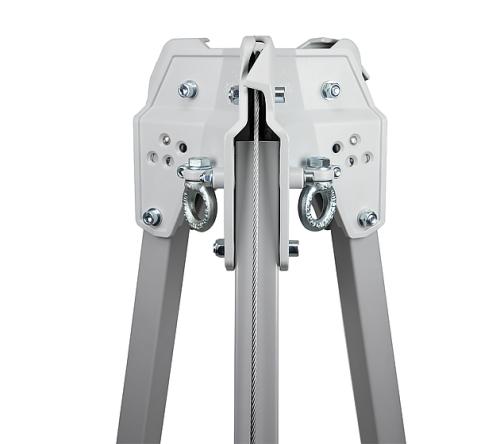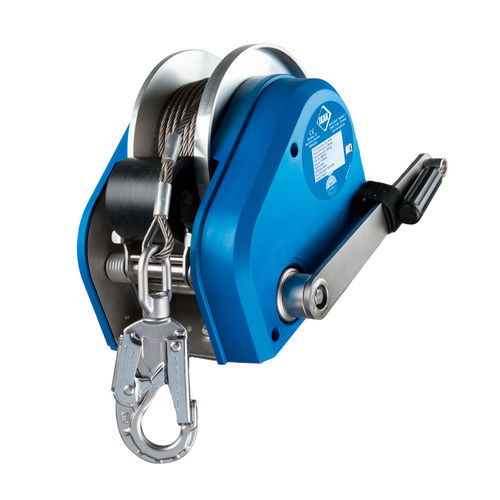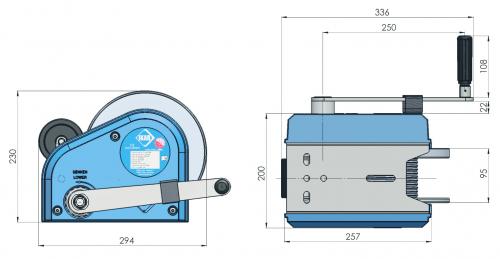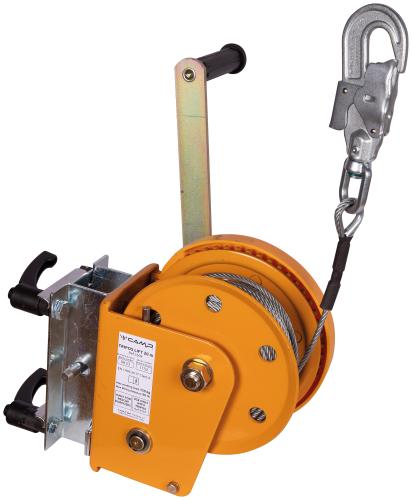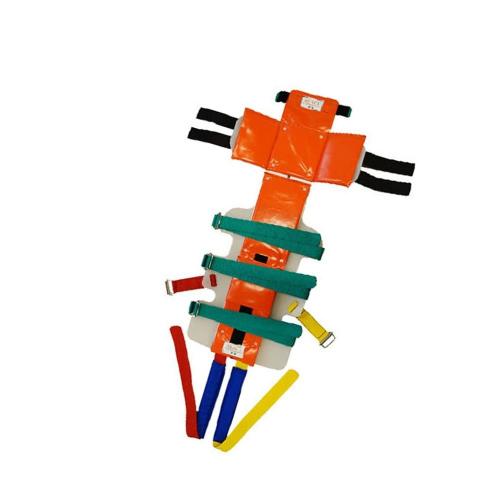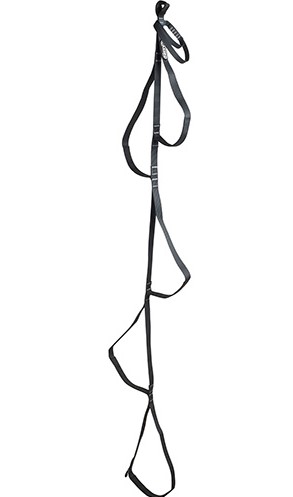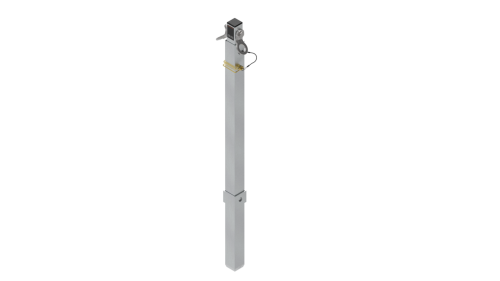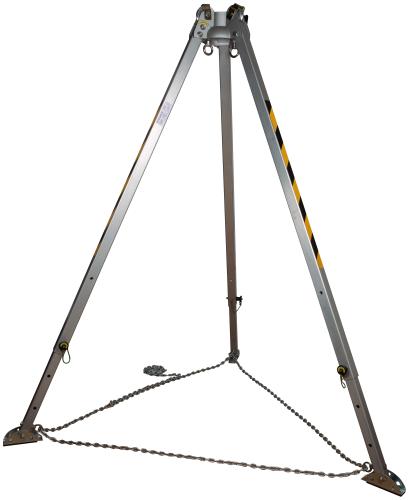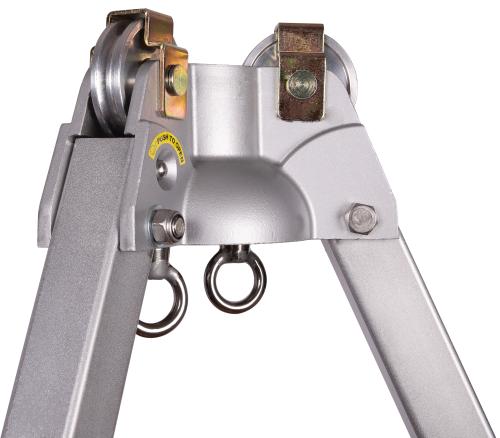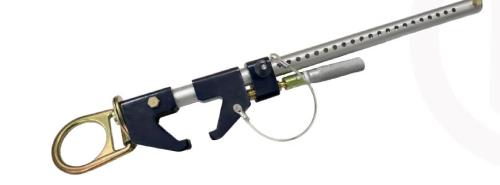- Total 0,00 SEK
Contents
- What is a confined space?
- What risks are associated with work in confined spaces?
- Planning work in confined spaces
- Information on protective equipment and working methods
1. What is a confined space?
A confined space, also called an enclosed space, is an area where entry and exit are difficult due to restricted openings, or where the air can be hazardous because of poor ventilation or other substances. There is no exact definition of what a confined space is. A general definition is: “an object or space that is difficult to enter and/or exit, where the presence of a potentially hazardous atmosphere, risk of engulfment/burial, or process-related hazards exist or may occur.”
Although there is no fixed definition, they all include: a space that is normally partially or completely enclosed, and contains the following five characteristics:
- Large enough for a person to enter, fully or partially, and work in.
- Has restrictions and/or obstacles for entry and exit.
- Not designed for continuous human occupancy, and does not necessarily have walls or a roof.
- A place where rescue is difficult and/or complicated.
- Contains at least one hazard or potential hazard that can cause accidents, illness, or injury.
Examples of confined spaces include tanks/cisterns, silos, boilers, process vessels, pipelines, trenches, tunnels, culverts, excavations, cargo holds, basins, wells, or deep pits and ditches.
2. What risks are associated with work in confined spaces?
The most common risks are:
- Fire or explosion (gas, vapor, dust, oxygen enrichment).
- Unconsciousness due to increased body temperature.
- Unconsciousness or suffocation caused by gas, vapor, mist, or oxygen deficiency.
- Drowning in liquids such as water, oils, etc.
- Suffocation from solids such as sand, soil, pellets, etc.
- Injury or death from falling from height.
Risks in confined spaces can be divided into four broad categories:
- Configuration
- Biology
- Physics
- Atmosphere
Configuration risks
When the design, shape, or dimensions of the confined space pose a risk to persons inside, it is a configuration risk. The main issue is that entering, moving around, or exiting may be difficult, hazardous, cumbersome, or unusually time-consuming.
Examples: slippery surfaces, long passages, small openings, inclines, narrow passages, low ceilings, vertical drops, etc.
Biological risks
Biological risks in confined spaces can be a severe health hazard. While often associated with sewers, silos, and culverts, they can be present in any type of confined space. A careful assessment before entry is crucial to ensure biological risks are identified and managed.
Examples: rodent droppings, poisonous plants, mold and fungi, sewage, insect infestations, infectious materials, stagnant water, wild animals, etc.
Physical risks
Physical risks cover a wide range of potential hazards. Many of these exist outside confined spaces as well but are equally dangerous inside. Environment, machinery, tools, vehicles, timing, procedures, and co-workers can all create or worsen risks.
Examples: electricity, mechanical equipment, radiation, stored energy, high temperatures, falls from height, noise, limited visibility, vibrations, liquid/air pressure, drowning in water, etc.
Atmospheric risks
Atmospheric risks are among the most common in confined spaces. They can be hard to detect and, in some cases, even harder to control. In fact, many fatalities in confined spaces have resulted from atmospheric hazards.
Examples include oxygen deficiency, suffocating atmospheres (e.g. high CO2), toxic atmospheres (e.g. CO, H₂S), flammable/explosive atmospheres (e.g. hydrogen, methane, solvent vapors, grain dust, oxygen enrichment), harmful dusts (e.g. silica, cement, grain dust), ozone, and other gases/vapors.
Common situations include silos, cisterns, cargo holds, tanks that contained flammable substances, deep pits where air stagnates, presence of landfill gas or methane, welding in poorly ventilated spaces, and venting of pipelines containing CO.
3. Planning work in confined spaces
Systematic work environment management – AFS 2023:1
- Investigate the work environment and identify hazards.
- Assess identified risks.
- Prepare an action plan with measures against the risks.
- Verify that the measures are effective.
Safe shutdown and isolation of objects
- The object must be shut down to eliminate the risk of accidental start-up. This means cutting and physically locking off the energy supply and ensuring stored energy cannot cause hazards.
- Harmful substances, gases, or vapors must not be able to enter or flow back.
- Where possible, double barriers should be used.
- Shutdown and isolation must be verified.
- Lockout points must be checked jointly on-site and guaranteed throughout the work.
Safe access and entry
- A work permit with a gas clearance declaration must be issued before entry.
- Depending on the design, measurements at multiple points may be necessary.
- If needed, the space must be cleaned and/or ventilated.
- Gas/oxygen levels must be monitored continuously.
- Nearby activities must not affect safety.
- Safe entry and access routes must be available.
- PPE requirements must be communicated before work begins.
- The work must always be supervised, e.g., by a standby attendant.
Rescue plan
- A rescue plan with clear responsibilities must be prepared before work begins.
- The plan must cover all scenarios requiring immediate evacuation or rescue.
The plan must be immediately actionable, not rely only on calling emergency services, adapted to each space, practically feasible (rescue drill recommended), and include readiness for lifting a person out of the space if necessary.
4. Information on protective equipment and working methods
Work in confined spaces involves serious challenges due to restricted movement, contaminated atmospheres, and rescue difficulties. Proper equipment and training must aim to both prevent falls and ensure immediate evacuation in an emergency.
Option 1: A user on a stable ladder uses a full body harness EN 361 connected to a fall arrest block EN 360 with integrated rescue lifting device EN 1496 Class B, mounted on a Tripod or Davit system EN 795 Type B. This delivers both fall arrest and rescue capability.
Option 2: If no ladder is available and the user must be lowered, a rope access system EN 12841:2024 may be used, replacing the safety line with a fall arrest block EN 360 and integrated rescue device EN 1496 Class B, used in conjunction with an EN 795 Type B anchor. This offers rope access, fall arrest, and rescue.
Option 3: If the user is on a wire ladder, use a full body harness EN 361 with an integrated sit harness EN 813, connected to a rescue lifting device EN 1496 Class A and a fall arrest block EN 360 with integrated rescue EN 1496 Class B, mounted on an EN 795 Type B anchor. The Class A device, used as a lowering brake during ascent, improves stability. This arrangement provides fall arrest and rescue.
Note: Transporting someone for work (not rescue) falls under Machinery Directive 2006/42/EC, not PPE Regulation 2016/425. A winch for lifting people is work equipment and must include an additional safety feature such as a fall arrest block EN 360 with integrated rescue winch EN 1496. It must be used with a full body harness EN 361, sit harness EN 813, and the proper anchorage—typically a Tripod or Davit EN 795 Type B.


